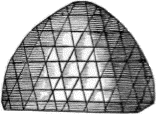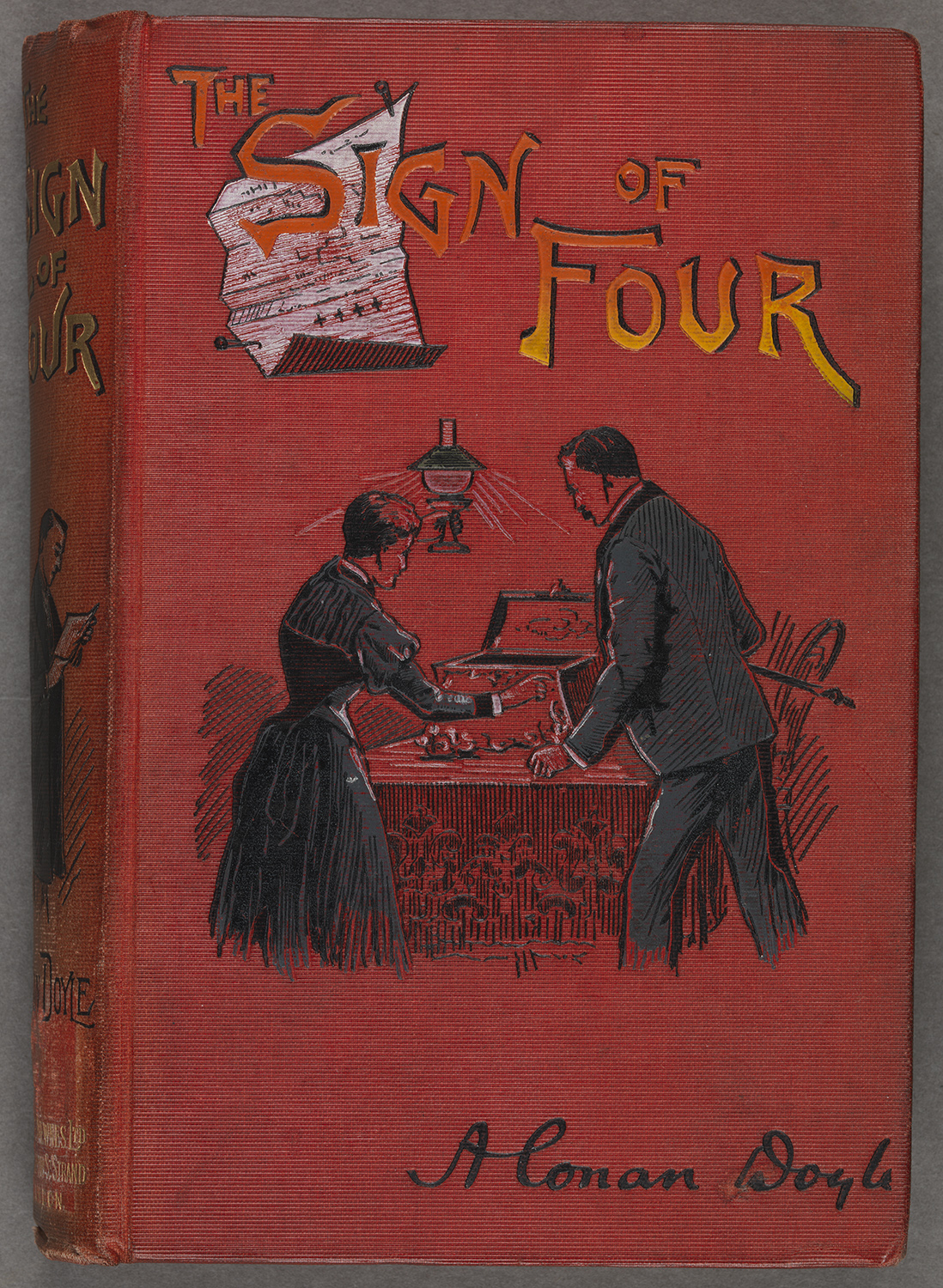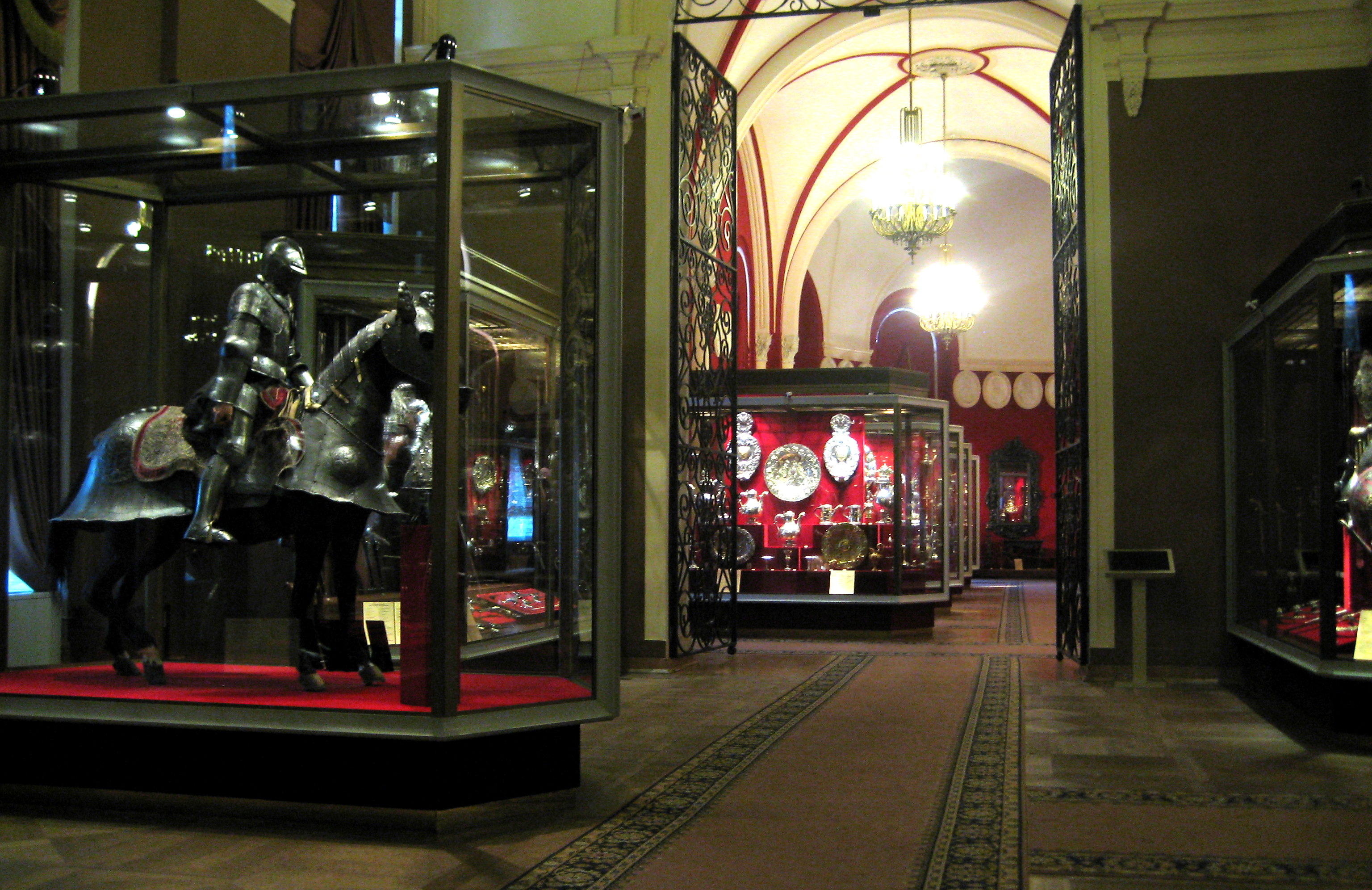|
Great Mogul Diamond
Great Mogul is believed to have been discovered around 1650, most probably around the Kollur Mine in the Golconda region of southern India. Tavernier described the diamond thus: "The stone is of the same form as if one cut an egg through the middle". History The rough diamond was gifted by Emir Jemla to Shah Jahan, the 5th Mughal emperor, as part of diplomacy between the two families. Jemla described it as "that celebrated diamond which has been generally deemed unparalleled in size and beauty." A Venetian lapidary named Ortensio Borgio was assigned to cut the stone. It is believed that the Great Mogul Diamond exhibited several inclusions. Rejecting the idea of cutting the diamond into several fine stones, Borgio decided to address the inclusion problem by grinding away at it until the unwanted flaws were gone. Much to the horror of the Emperor, Borgio’s work yielded very poor results, including a great loss of weight. Shah Jehan spared Borgio’s head, instead fining h ... [...More Info...] [...Related Items...] OR: [Wikipedia] [Google] [Baidu] |
Kollur Mine
Kollur Mine was a series of gravel-clay pits on the south bank of the Krishna River in the Golconda Sultanate of India. It currently falls within the state of Andhra Pradesh. It is thought to have produced many large diamonds, known as Golconda diamonds, several of which are or have been a part of crown jewels. The mine was established in the 16th century and operated until the 19th century. History Kollur Mine operated between the 16th and mid-19th centuries, and was one of the largest and most productive diamond mines on the Indian subcontinent. At the height of production, around 30,000 – 60,000 people worked there, including men, women, and children of all ages. Kollur itself had a population of around 100,000. Golconda mines were owned by the king, but operation was leased to diamond merchants, either foreigners or Indians of the goldsmith caste. As well as rent, the king also received 2% from sales and he was entitled to keep all diamonds weighing over 10 cara ... [...More Info...] [...Related Items...] OR: [Wikipedia] [Google] [Baidu] |
Lahore
Lahore ( ; pnb, ; ur, ) is the second most populous city in Pakistan after Karachi and 26th most populous city in the world, with a population of over 13 million. It is the capital of the province of Punjab where it is the largest city. Lahore is one of Pakistan's major industrial and economic hubs, with an estimated GDP ( PPP) of $84 billion as of 2019. It is the largest city as well as the historic capital and cultural centre of the wider Punjab region,Lahore Cantonment globalsecurity.org and is one of Pakistan's most , progressiv ... [...More Info...] [...Related Items...] OR: [Wikipedia] [Google] [Baidu] |
Jewels Of The Mughal Empire
A gemstone (also called a fine gem, jewel, precious stone, or semiprecious stone) is a piece of mineral crystal which, in cut and polished form, is used to make jewelry or other adornments. However, certain rocks (such as lapis lazuli, opal, and obsidian) and occasionally organic materials that are not minerals (such as amber, jet, and pearl) are also used for jewelry and are therefore often considered to be gemstones as well. Most gemstones are hard, but some soft minerals are used in jewelry because of their luster or other physical properties that have aesthetic value. Rarity and notoriety are other characteristics that lend value to gemstones. Apart from jewelry, from earliest antiquity engraved gems and hardstone carvings, such as cups, were major luxury art forms. A gem expert is a gemologist, a gem maker is called a lapidarist or gemcutter; a diamond cutter is called a diamantaire. Characteristics and classification The traditional classification in the West, which g ... [...More Info...] [...Related Items...] OR: [Wikipedia] [Google] [Baidu] |
List Of Famous Diamonds
Diamonds become famous typically for some combination of their size, color and quality. Diamonds occur naturally in many different colors, so the largest diamond of a particular color may not be large in absolute terms, but it may still be considered very desirable. Diamonds may also have high valuations or sale prices, or go on to have a noteworthy ownership history, but this will tend to occur for diamonds that had some outstanding characteristic to begin with. As new diamonds are discovered, the uniqueness of existing ones may diminish and there is no agreed-upon measure of a large or a high-quality diamond, so a strict inclusion criteria for notable diamonds is not attainable. Diamond A diamond is a solid form of the element carbon with its atoms arranged in a crystal structure called diamond cubic. At room temperature and pressure, another solid form of carbon known as graphite is the chemically stable form, but diamond almost never converts to it. Diamond has the highest ... [...More Info...] [...Related Items...] OR: [Wikipedia] [Google] [Baidu] |
Darya-ye Noor
The Daria-i-Noor ( fa, , lit=Sea of light), also spelled ''Darya-ye Noor'', is one of the largest cut diamonds in the world, weighing an estimated 182 carats (36 g). Its colour, pale pink, is one of the rarest to be found in diamonds. The diamond is currently in the Iranian Crown Jewels collection of the Central Bank of Iran in Tehran. Dimensions It is and weighs around 182 metric carats. It is the world's largest known pink diamond. History This diamond, as it is also presumed for the Koh-i-Noor, was mined in Kollur mine in Andhra Pradesh, India. It was originally owned by the Kakatiya dynasty, later it was possessed by the Khalji dynasty of the Delhi Sultanate and to Mughal emperors. It was part of Shah Jahan's Peacock Throne. In 1739, Nader Shah of Iran invaded Northern India, occupied Delhi. As payment for returning the crown of India to the Mughal emperor, Muhammad Shah, he took possession of the entire fabled treasury of the Mughals, including the ''Daria-i-Noo ... [...More Info...] [...Related Items...] OR: [Wikipedia] [Google] [Baidu] |
Sherlock Holmes
Sherlock Holmes () is a fictional detective created by British author Arthur Conan Doyle. Referring to himself as a " consulting detective" in the stories, Holmes is known for his proficiency with observation, deduction, forensic science and logical reasoning that borders on the fantastic, which he employs when investigating cases for a wide variety of clients, including Scotland Yard. First appearing in print in 1887's ''A Study in Scarlet'', the character's popularity became widespread with the first series of short stories in ''The Strand Magazine'', beginning with " A Scandal in Bohemia" in 1891; additional tales appeared from then until 1927, eventually totalling four novels and 56 short stories. All but one are set in the Victorian or Edwardian eras, between about 1880 and 1914. Most are narrated by the character of Holmes's friend and biographer Dr. John H. Watson, who usually accompanies Holmes during his investigations and often shares quarters with him at the ad ... [...More Info...] [...Related Items...] OR: [Wikipedia] [Google] [Baidu] |
River Thames
The River Thames ( ), known alternatively in parts as the The Isis, River Isis, is a river that flows through southern England including London. At , it is the longest river entirely in England and the Longest rivers of the United Kingdom, second-longest in the United Kingdom, after the River Severn. The river rises at Thames Head in Gloucestershire, and flows into the North Sea near Tilbury, Essex and Gravesend, Kent, via the Thames Estuary. From the west it flows through Oxford (where it is sometimes called the Isis), Reading, Berkshire, Reading, Henley-on-Thames and Windsor, Berkshire, Windsor. The Thames also drains the whole of Greater London. In August 2022, the source of the river moved five miles to beyond Somerford Keynes due to the heatwave in July 2022. The lower reaches of the river are called the Tideway, derived from its long tidal reach up to Teddington Lock. Its tidal section includes most of its London stretch and has a rise and fall of . From Oxford to th ... [...More Info...] [...Related Items...] OR: [Wikipedia] [Google] [Baidu] |
The Sign Of The Four
''The Sign of the Four'' (1890), also called ''The Sign of Four'', is the second novel featuring Sherlock Holmes by British writer Sir Arthur Conan Doyle. Doyle wrote four novels and 56 short stories featuring the fictional detective. Plot On a foggy day in 1888, Dr. Watson remonstrates with Holmes about his cocaine usage. Holmes claims he needs a problem to solve and is bored; shortly thereafter, Miss Mary Morstan arrives with a case. Miss Morstan explains that, in December 1878, her father Captain Morstan had arrived in London, on leave from his post as a convict guard in the Andaman Islands. He requested her to meet him at the Langham Hotel, but he was not there when she arrived. Mary contacted Major John Sholto, a former convict guard who had known her father and was now living in England; however, he denied having seen Morstan, and Morstan was never heard from again. Four years later, Miss Morstan answered an anonymous newspaper advertisement, asking for her whereabou ... [...More Info...] [...Related Items...] OR: [Wikipedia] [Google] [Baidu] |
Kremlin Armoury
The Kremlin Armoury,Officially called the "Armou/ory Chamber" but also known as the cannon yard, the "Armou/ory Palace", the "Moscow Armou/ory", the "Armou/ory Museum", and the "Moscow Armou/ory Museum" but different from the Kremlin Arsenal. (russian: Оружейная палата) is one of the oldest museums of Moscow, located in the Moscow Kremlin, now a part of Moscow Kremlin Museums. The Kremlin Armory (military), Armoury originated as the royal arsenal in 1508. Until the transfer of the court to St Petersburg, the Armoury was in charge of producing, purchasing and storing weapons, jewelry and various household articles of the tsars, and valuables stolen from occupied countries. The finest Muscovite gunsmiths (the Vyatkin brothers), jewelers (Gavrila Ovdokimov), and painters (Simon Ushakov) used to work there. In 1640 and 1683, they opened the iconography and pictorial studios, where the lessons on painting and handicrafts could be given. In 1700, the Armoury was enriche ... [...More Info...] [...Related Items...] OR: [Wikipedia] [Google] [Baidu] |
Orlov (diamond)
The Orlov (sometimes spelled Orloff), also known as The Great Mughal Diamond, is a large diamond of Indian origin, currently displayed as a part of the Diamond Fund collection of Moscow's Kremlin Armoury. It is described as having the shape and proportions of half a chicken's egg. In 1774, it was encrusted into the Imperial Sceptre of Russian Empress Catherine the Great. History The diamond was found in the 17th century in Golconda, India. According to one legend, a French soldier who had deserted during the Carnatic wars in Srirangam disguised himself as a Hindu convert in order to steal it in 1747, when it served as the eye of a temple deity Sriranganathar. The as yet unnamed stone passed from merchant to merchant, eventually appearing for sale in Amsterdam. Most modern scholars are now convinced that this stone was actually the Great Mogul Diamond. Shaffrass, an Iranian millionaire who then owned the diamond,Dale Hoiberg, Indu Ramchandani (2008)''Students' Britannica - Indi ... [...More Info...] [...Related Items...] OR: [Wikipedia] [Google] [Baidu] |
Isfahan
Isfahan ( fa, اصفهان, Esfahân ), from its Achaemenid empire, ancient designation ''Aspadana'' and, later, ''Spahan'' in Sassanian Empire, middle Persian, rendered in English as ''Ispahan'', is a major city in the Greater Isfahan Region, Isfahan Province, Iran. It is located south of Tehran and is the capital of Isfahan Province. The city has a population of approximately 2,220,000, making it the third-largest city in Iran, after Tehran and Mashhad, and the second-largest metropolitan area. Isfahan is located at the intersection of the two principal routes that traverse Iran, north–south and east–west. Isfahan flourished between the 9th and 18th centuries. Under the Safavids, Safavid dynasty, Isfahan became the capital of Achaemenid Empire, Persia, for the second time in its history, under Shah Abbas the Great. The city retains much of its history. It is famous for its Perso–Islamic architecture, grand boulevards, covered bridges, palaces, tiled mosques, and mina ... [...More Info...] [...Related Items...] OR: [Wikipedia] [Google] [Baidu] |
Nadir Shah
Nader Shah Afshar ( fa, نادر شاه افشار; also known as ''Nader Qoli Beyg'' or ''Tahmāsp Qoli Khan'' ) (August 1688 – 19 June 1747) was the founder of the Afsharid dynasty of Iran and one of the most powerful rulers in Iranian history, ruling as shah of Iran (Persia) from 1736 to 1747, when he was assassinated during a rebellion. He fought numerous campaigns throughout the Middle East, the Caucasus, Central Asia, and South Asia, such as the battles of Herat, Mihmandust, Murche-Khort, Kirkuk, Yeghevārd, Khyber Pass, Karnal, and Kars. Because of his military genius,The Sword of Persia: Nader Shah, from Tribal Warrior to Conquering Tyrant "Nader commanded the most powerful military force in Asia, if not the world" ... [...More Info...] [...Related Items...] OR: [Wikipedia] [Google] [Baidu] |








.jpg)

